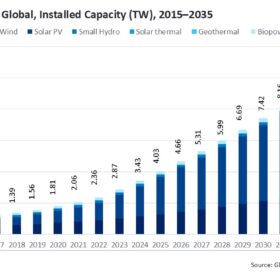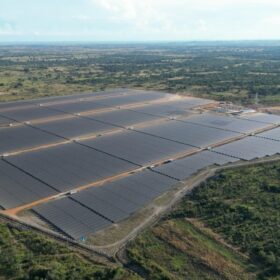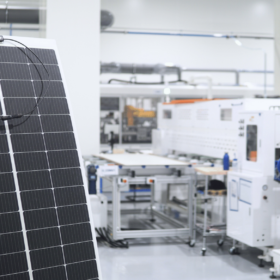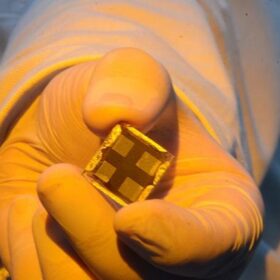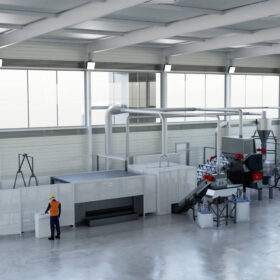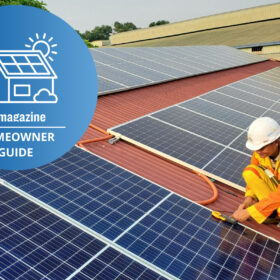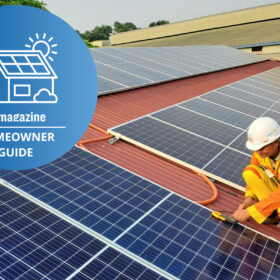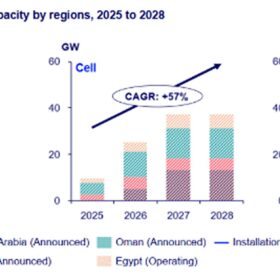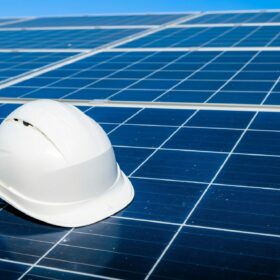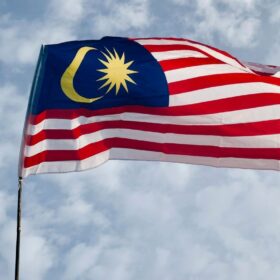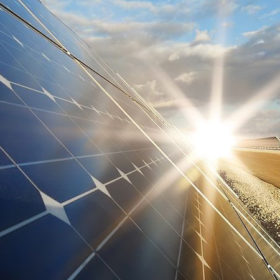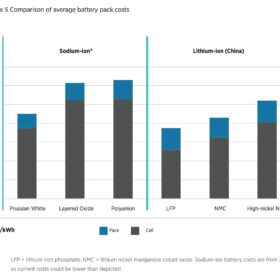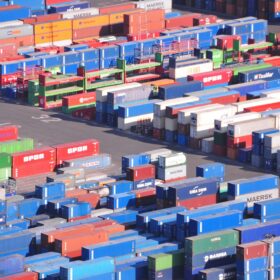Global solar capacity to surpass 7.5 TW in 2035, says GlobalData
UK consultancy GlobalData projected, in figures shared with pv magazine, that global renewable capacity could hit 11.2 TW by 2035, led by solar. It expects cumulative PV capacity to hit 2,378 GW by year-end and 2,849 GW by 2026.
Zambia completes 100 MW solar farm
Zesco has completed the 100 MW Chisamba solar farm in southern Zambia and has launched plans for a second 100 MW phase at the site, now home to sub-Saharan Africa’s largest grid-connected solar plant outside South Africa.
Heliup switches on 100 MW lightweight solar panel factory in France
Heliup has commissioned a 100 MW factory in France to produce lightweight solar panels for flat commercial and industrial (C&I) rooftops with limited load-bearing capacity, using ultra-thin glass technology.
Improving perovskite solar cell durability via formamidinium cations
A team of São Paulo-based researchers have found incorporating formamidinium cations into methylammonium-based lead iodide perovskite films increases the durability of perovskite solar cells when fabricated and measured under ambient conditions.
Ecoprogetti releases fully automated solar panel recycling line
Italy’s Ecoprogetti has developed an automated photovoltaic recycling line that separates and recovers up to 100% of the aluminum, copper, glass, plastic and silicon in solar panels. It can process up to 60 panels per hour while using 40% less energy than other solutions on the market.
pv magazine Homeowner Guide: Finding the right solar installer
pv magazine is compiling a guide to home solar installations, aimed at those who are interested in installing but are new to the market and want to make an informed decision. We have spoken to associations, installers and industry specialists in major solar markets across the globe to compile best practice guidance and advice that aims to be applicable to home solar installations anywhere in the world.
pv magazine Homeowner Guide: Top tips and red flags to home solar
pv magazine is compiling a guide to home solar installations, aimed at those who are interested in installing but are new to the market and want to make an informed decision. We have spoken to associations, installers and industry specialists in major solar markets across the globe to compile best practice guidance and advice that aims to be applicable to home solar installations anywhere in the world. The first part of the series aims to help homeowners looking to embrace PV identify the best installers on the market.
Middle East, North Africa solar manufacturing capacity to reach 44 GW by 2029, says WoodMac
Wood Mackenzie forecasts the Middle East and North Africa region will emerge as a tariff haven and overtake Southeast Asia as a top solar export hub, becoming the primary exporter of solar panels to the US towards the end of this decade.
Scatec starts constructing large-scale solar, battery storage project in Egypt
Work is underway on a 1.1 GW solar project with 100 MW/200 MWh of accompanying battery energy storage in Egypt. The first phase of the project is scheduled for commercial operation during the first half of next year.
Malaysia introduces rooftop solar aggregation scheme
Malaysia’s first rooftop aggregation initiative for solar systems is now live. The program allows homeowners to lease or rent their rooftop for solar generation, with the electricity produced sold to commercial and domestic customers within a 5 km radius.
